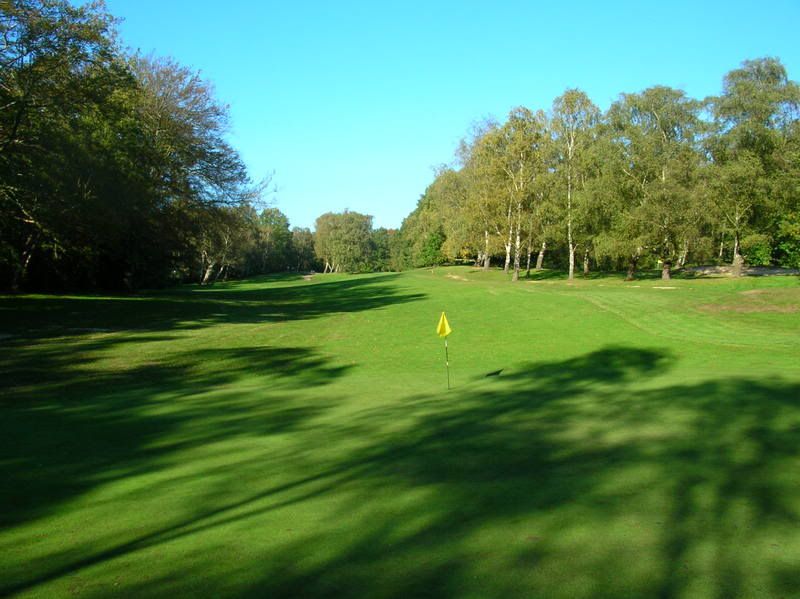As a compliment to the thread on JH Taylor I thought it would be interesting to show some examples from an important course he created.
Hainault Forrest is historically important because it was the first specially created municipal course in England. Braid Hills and others had previously existed in Scotland, and Bournemouth and Eastbourne had adopted private courses, however they charged a high price and thought of the courses as means of attracting holidaymakers. In 1908 the London County council decided to encourage golf for all and the first non private course in England was laid out, east of the City in Hainault Forrest.
The history is a little convoluted and seemingly of little interest to the people who now run this as a private pay and play on a long lease from a government body. Cornish and Whitten are confusing, seemingly crediting the first course to Taylor and Hawtree and additional 9 to Taylor. There are numerous old teeís to suggest that the routing around the clubhouse (close to the practice ground on the map) has been changed but for the purposes of this thread weíll assume that the Upper course shown below is either Taylor or Taylor and Hawtree. However at the time when the second course was created it is generally agreed that changes to the original holes (27?) were made by Braid or Strut.
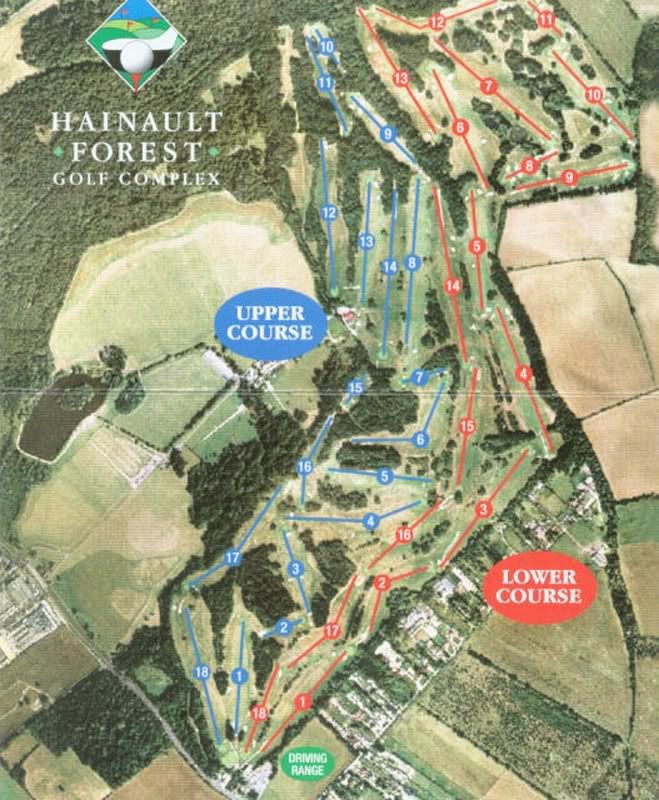
The course, now known as the upper, starts with a functional uphill par 4. And then a slightly downhill par 3
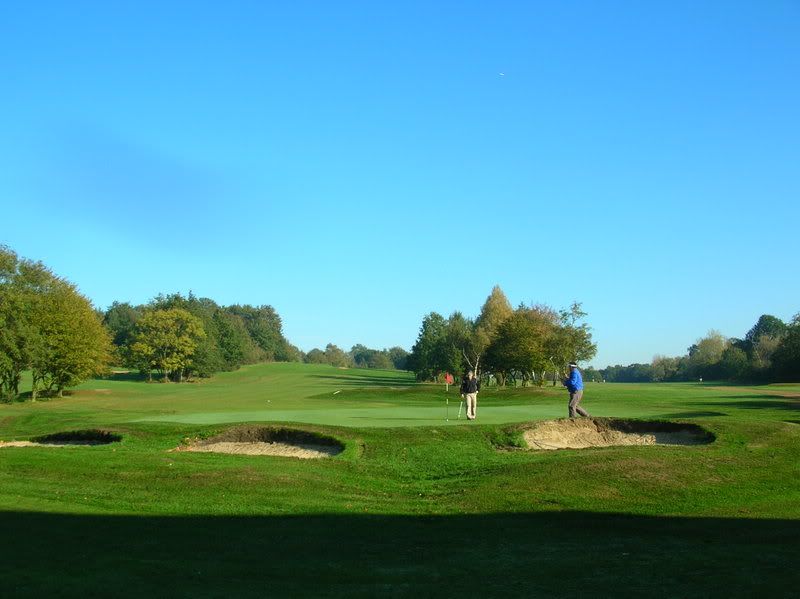
Next comes an uphill Par 4 which is driveable in summer. What stands out as odd to me are the two bunkers approximately 100 yards off the tee. Surely they could only distract or threaten the novice Ė the very person the course was set up to encourage. (Adding to the confusion of who did what - You can see similar bunkers on a couple of holes that have nothing to do with Taylor)
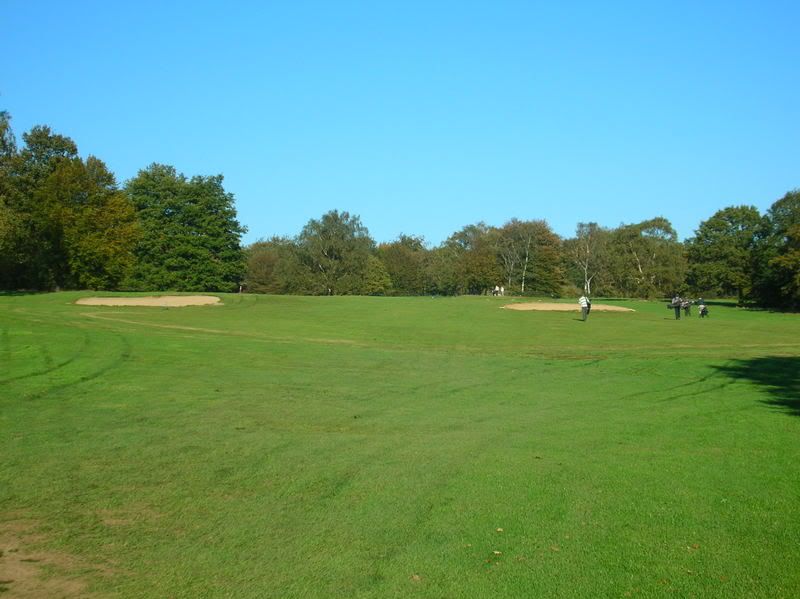
Itís at the 4th where the course springs to life. The green is in front of the two large trees and the tee is at the top of the hill with the fairway falling sharply away to the right. Any slice will turn 90 degrees after landing and leave a blind shot of 180 yards or more across the corner of that hill.
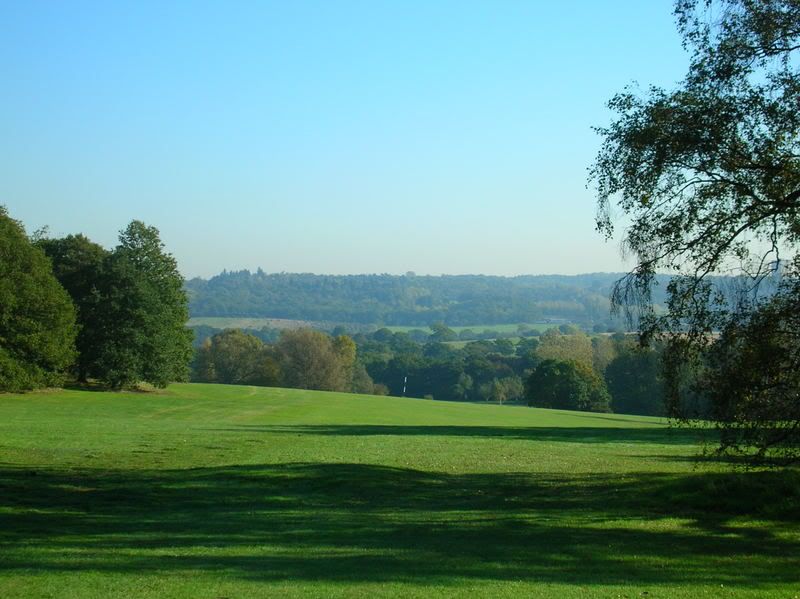
The ground continues to fall and with the green running away from the player itís essential to bounce the ball down the hill if thereís any firmness in the green. I could play shots to this green all day long.
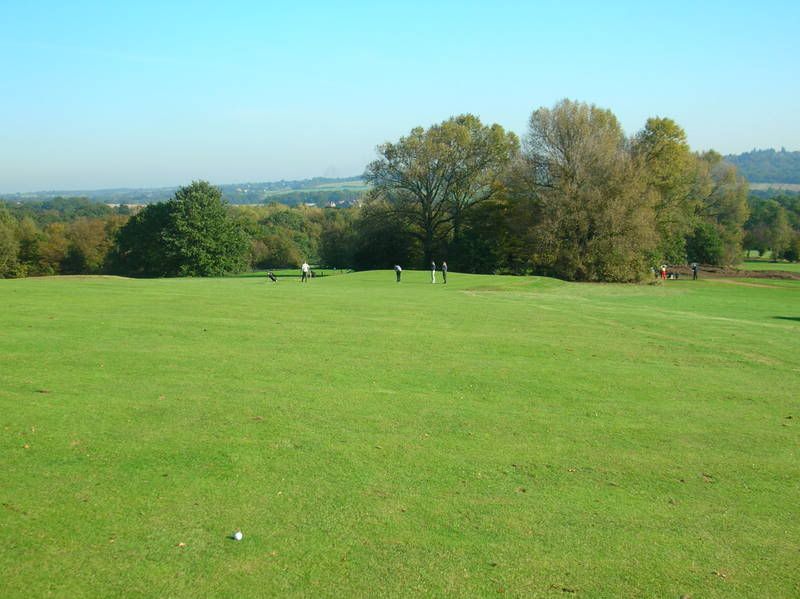
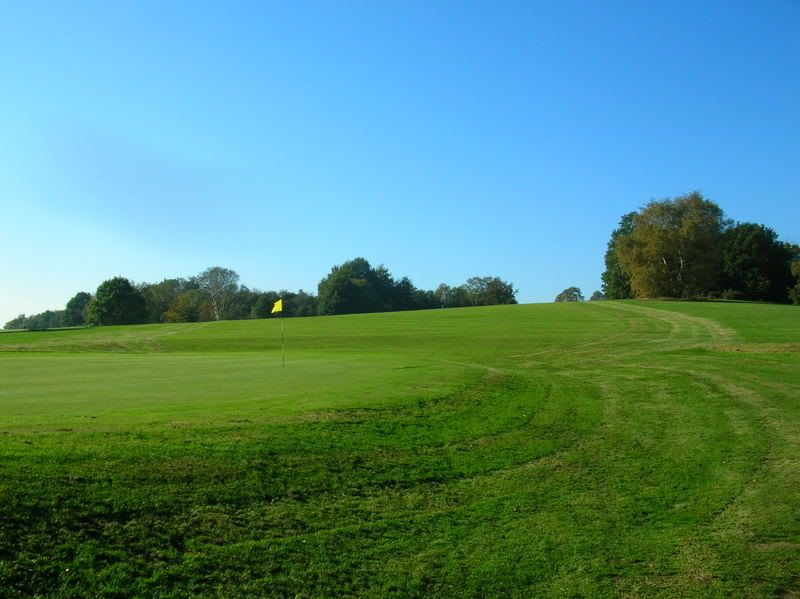
Another uphill filler. Is followed by this one. Again the ground falls away sharply to the right and only a well struck 3 wood over the trees on the right stands a chance of leaving second shot of less than 200 yards.
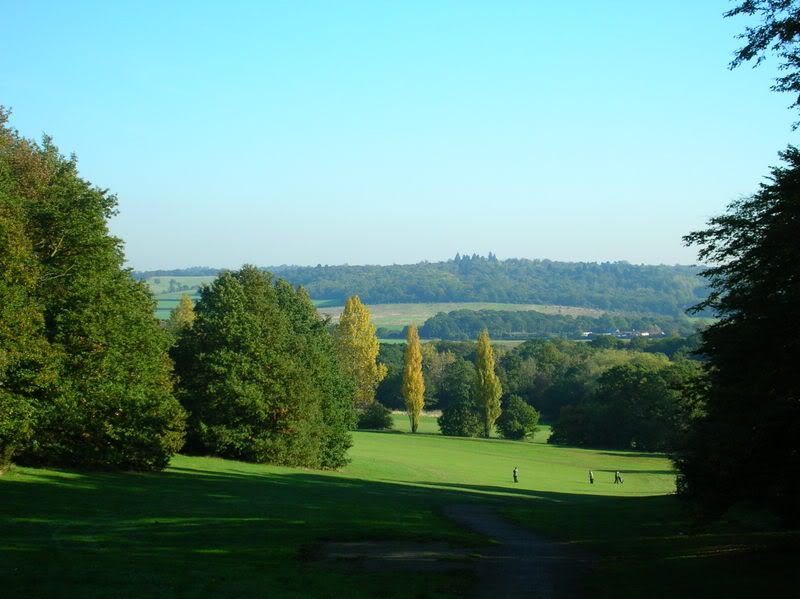
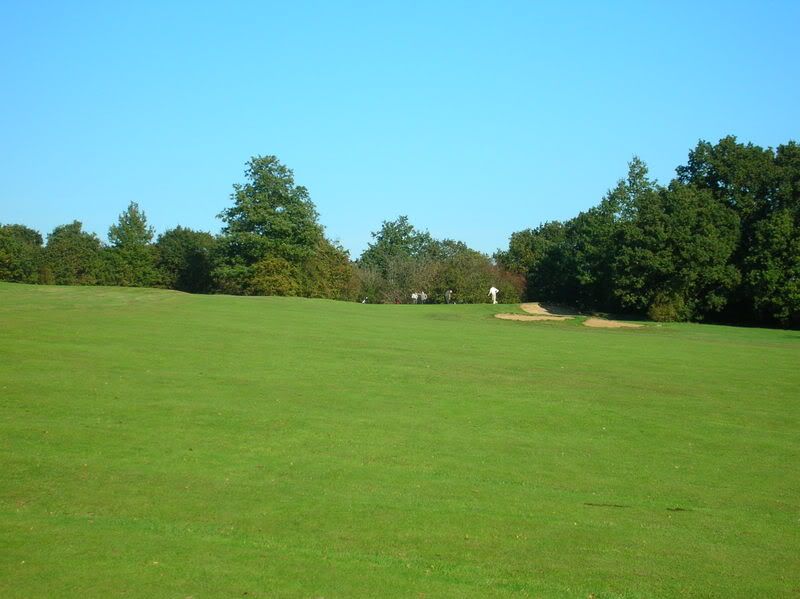
However the tiny green is best approached from the left-hand side and thereís no way of holding a ball on that side. This may have worked better as a bogey 5 than a par 4.
This is a view of the uphill par 3 7th. Like much of both courses it features pretty bold bunkering (Braid was more renowned for this than Taylor and as both courses have a similar style then one has to decide how much is due to the courses being worked over by the same hand or maintenance practices.) This seems to have been the original line in, today it plays longer and from the right.
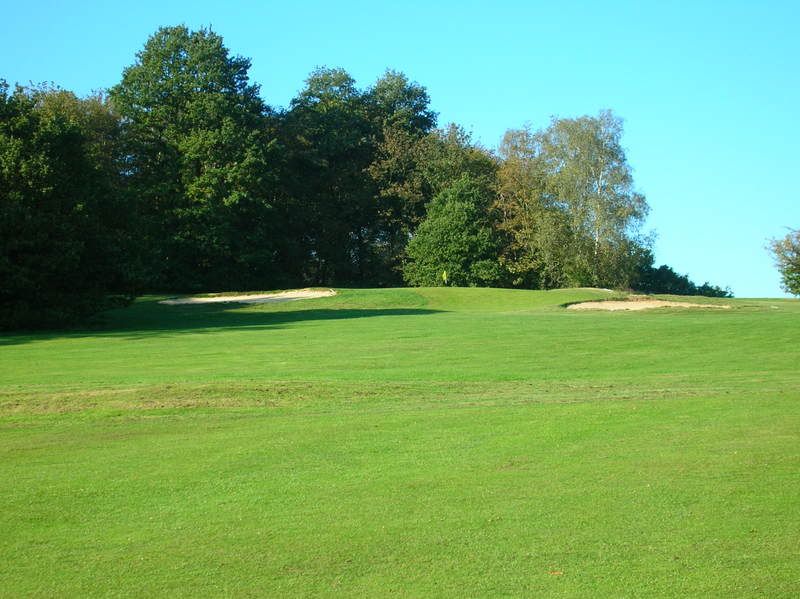
Simple par 5, 8th.
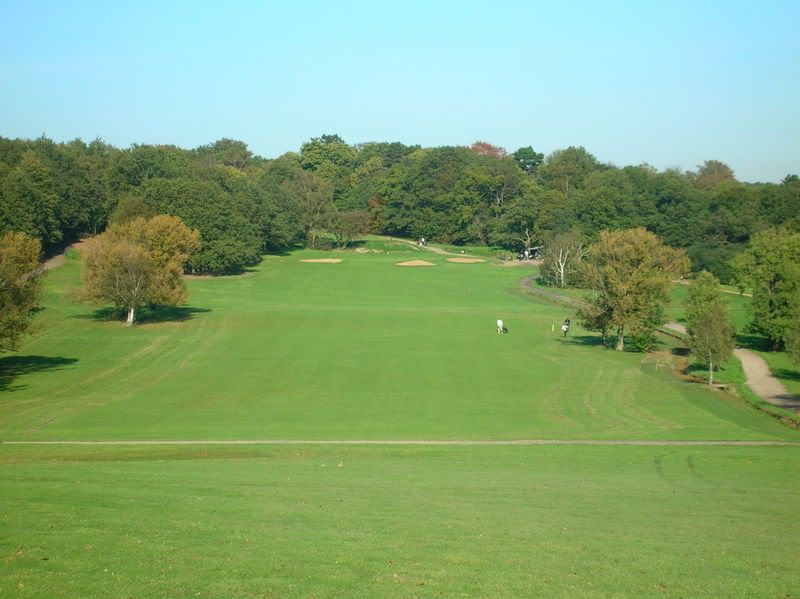
Blind tee shot on the 300 yard 9th.
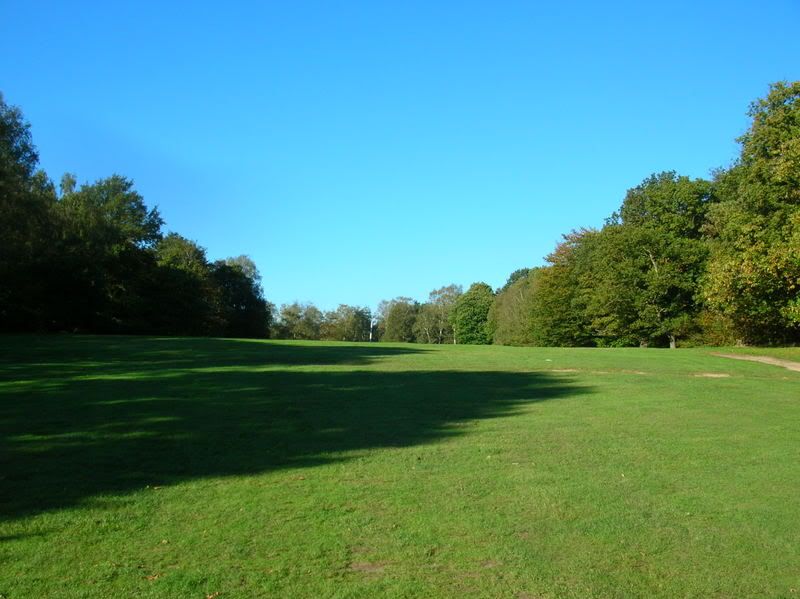
Heavily defended green.

After another good par 3, thereís a driveable par 4 where the ball runs downhill and funnels towards the front to back sloping green. In summer the worst place to be is long, so the player faces a nice dilemma. Looking back.
